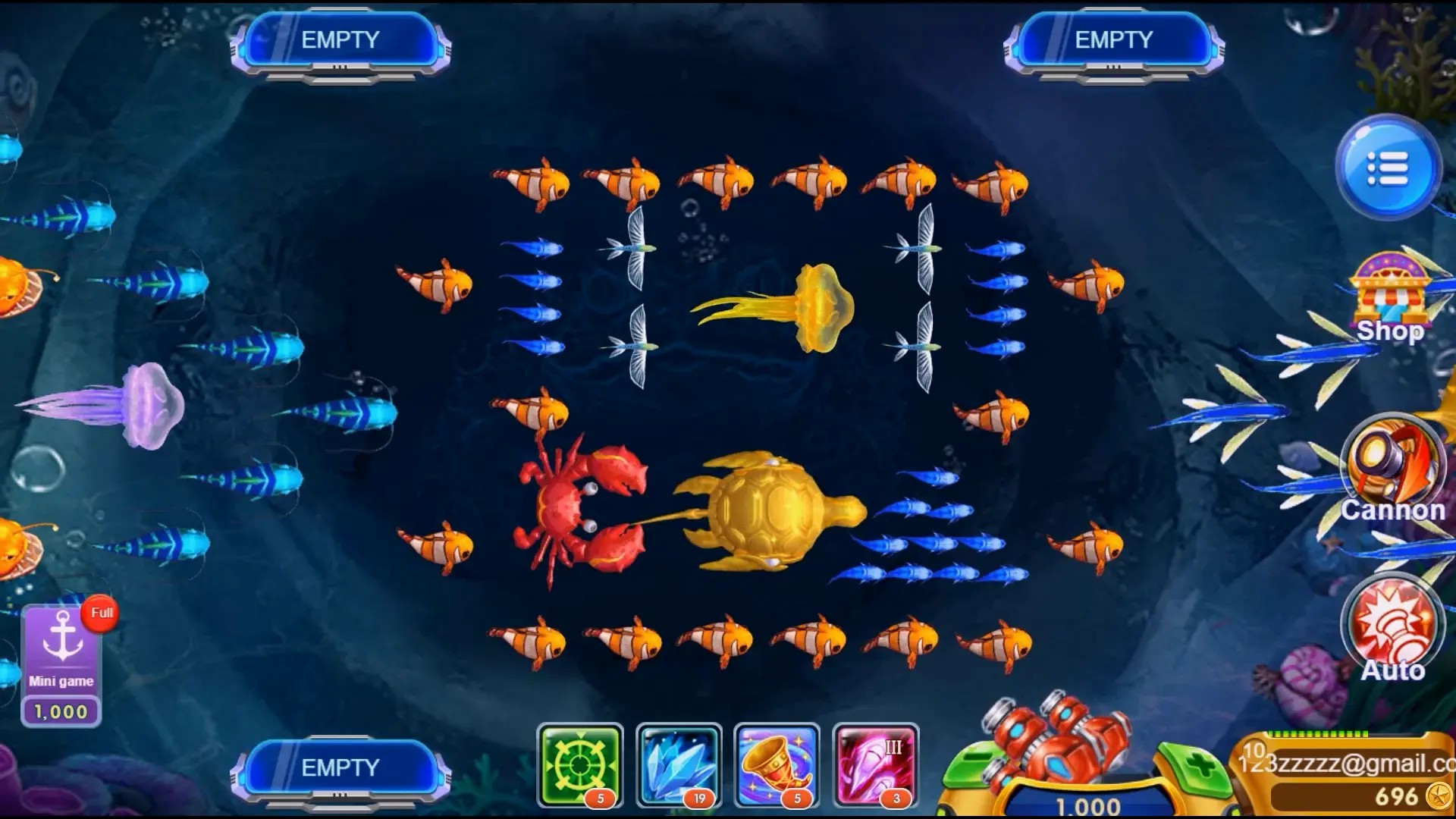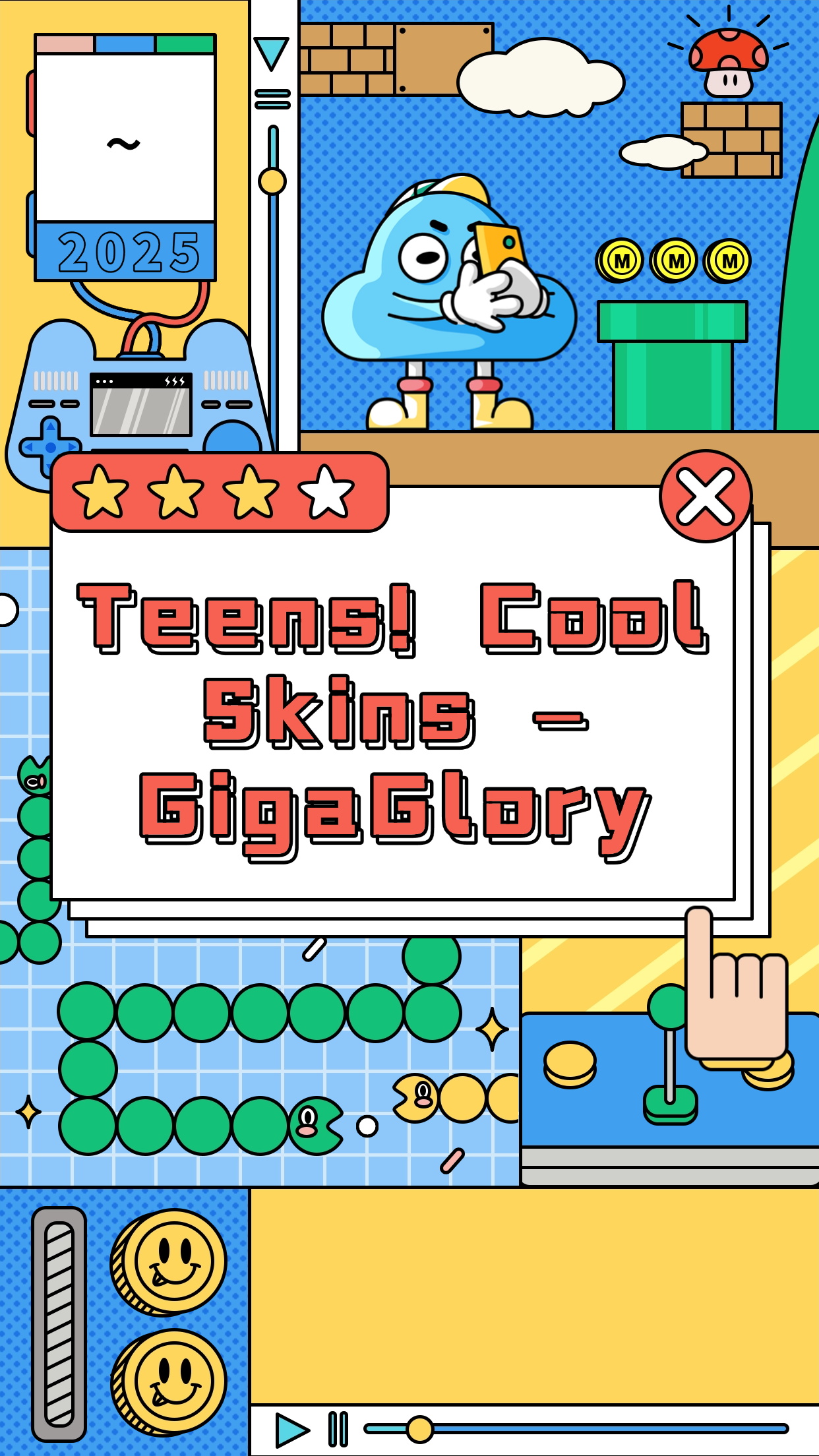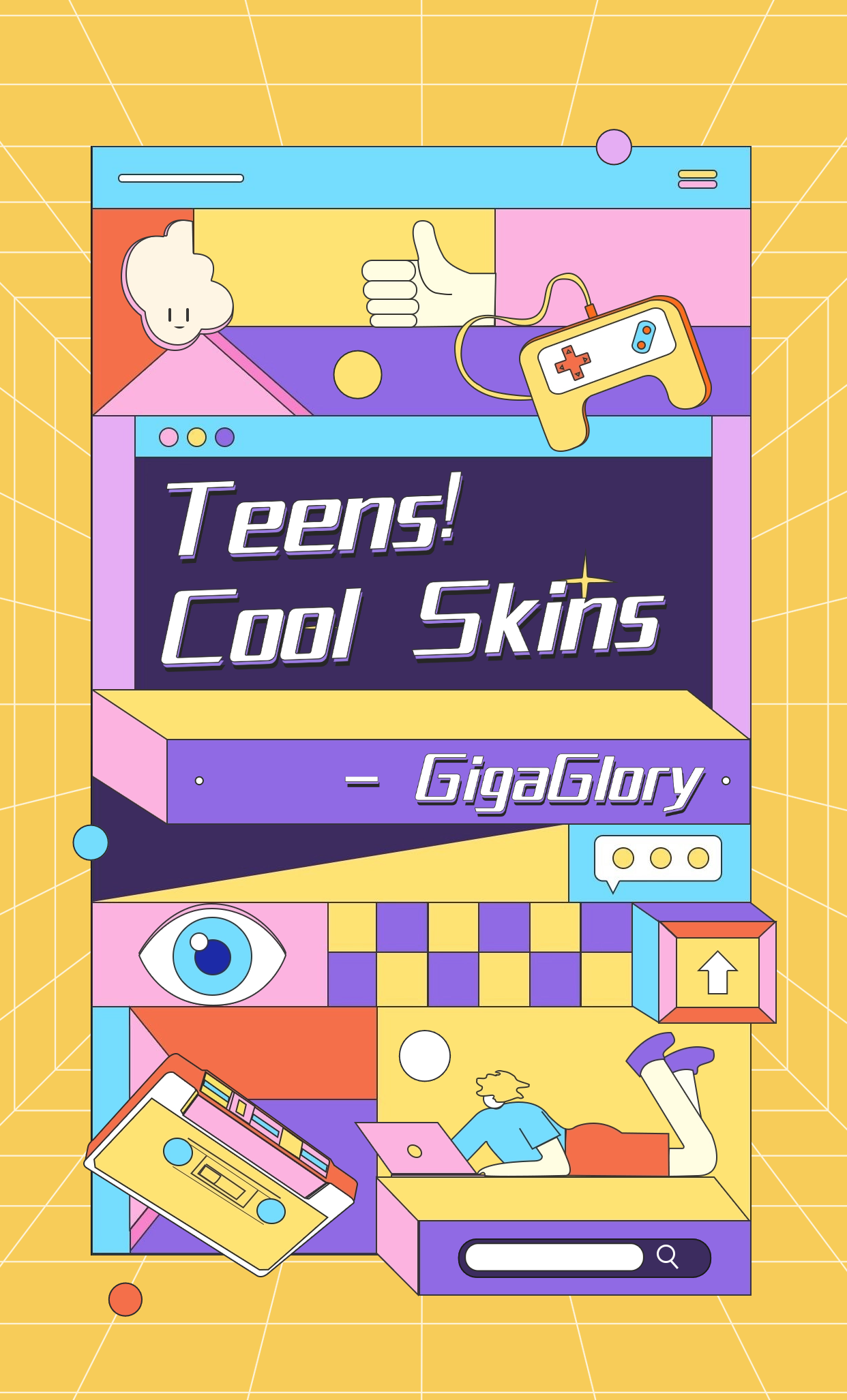Why Idle Games Are the Future of Multiplayer Gaming: Exploring Trends and Opportunities
Have you ever found yourself pouring hours into a game, only to be told that it could’ve been done in a fraction of that time? Welcome to the world of idle games, a genre that’s shaking up the traditional multiplayer gaming scene. But what is it about these games that captivates players? Let’s explore the exciting trends and opportunities that make idle games the future of multiplayer gaming.
Understanding Idle Games
Idle games, often referred to as 'incremental games', allow players to progress even when they aren’t actively playing. The beauty of this genre lies in its simplicity: players can accumulate resources and unlock new features without constant engagement. Sounds appealing, right?
Here's a quick breakdown of how they typically function:
- Players start with basic resources.
- As progress is made, automated systems kick in, generating resources.
- Players can reinvest those resources to further enhance gains.
The Rise of Multiplayer Elements in Idle Games
As gaming evolves, the integration of multiplayer elements into idle games is becoming more pronounced. Instead of being merely solitary experiences, these games now involve competition and collaboration.
League Crashes: When Multiplayer Goes Wrong
What’s worse than losing a match? How about a league that crashes your computer ten seconds into the match? This frustrating experience can be avoided if game developers learn from idle games. Since idle games are built on low resource demands, they are less likely to cause technical glitches during multiplayer sessions.
Benefits of Idle Games in the Multiplayer Environment
So why exactly should developers pay attention to idle games? Here are a few compelling reasons:
- Accessibility: Players of all skill levels can enjoy idle games.
- Engagement: The automatic progression keeps players invested.
- Low Barrier to Entry: Minimal time commitment means more players can join.
Trends Shaping the Future of Idle Games
There are several emerging trends in the world of idle games that signal their rise in multiplayer platforms:
| Trend | Description |
|---|---|
| Cross-Platform Play | Players can switch devices without losing progress. |
| Social Features | Players can join clans, share progress, and challenge each other. |
| Gamification of Work | Using idle mechanics to boost productivity in non-gaming areas. |
The Importance of Community in Idle Games
Just like traditional multiplayer games, community is a crucial aspect of idle games. Players who participate in forums, Discord channels, or in-game chats can share strategies and tips, enhancing the experience for all.
Opportunities for Developers
For developers looking to tap into this growing trend, there are several opportunities waiting:
- Monetization through Ads: A passive income stream without disrupting gameplay.
- Seasonal Events: Introduce limited-time challenges to attract players.
- In-Game Purchases: Allow players to speed up their progress through microtransactions.
Why This Matters for Players
For players, embracing idle games means a less frantic experience. Want to be part of a competitive environment? Jump into a casual league. Prefer a solo journey? Idle games have your back.
Is This the End of Traditional Multiplayer Games?
Not necessarily. Traditional multiplayer games have their unique charm. However, the incorporation of idle mechanics can help refresh them, drawing in new audiences while retaining loyal players.
Final Thoughts
In conclusion, idle games are genuinely poised to be the future of multiplayer gaming. With their engaging mechanics, social features, and low-pressure gameplay, they offer a refreshing alternative to the traditional models that often require time and expertise. As developers continue to innovate within this space, it will be fascinating to see how idle games evolve and how they redefine multiplayer experiences.
It’s time to embrace the idle revolution. Are you ready?



